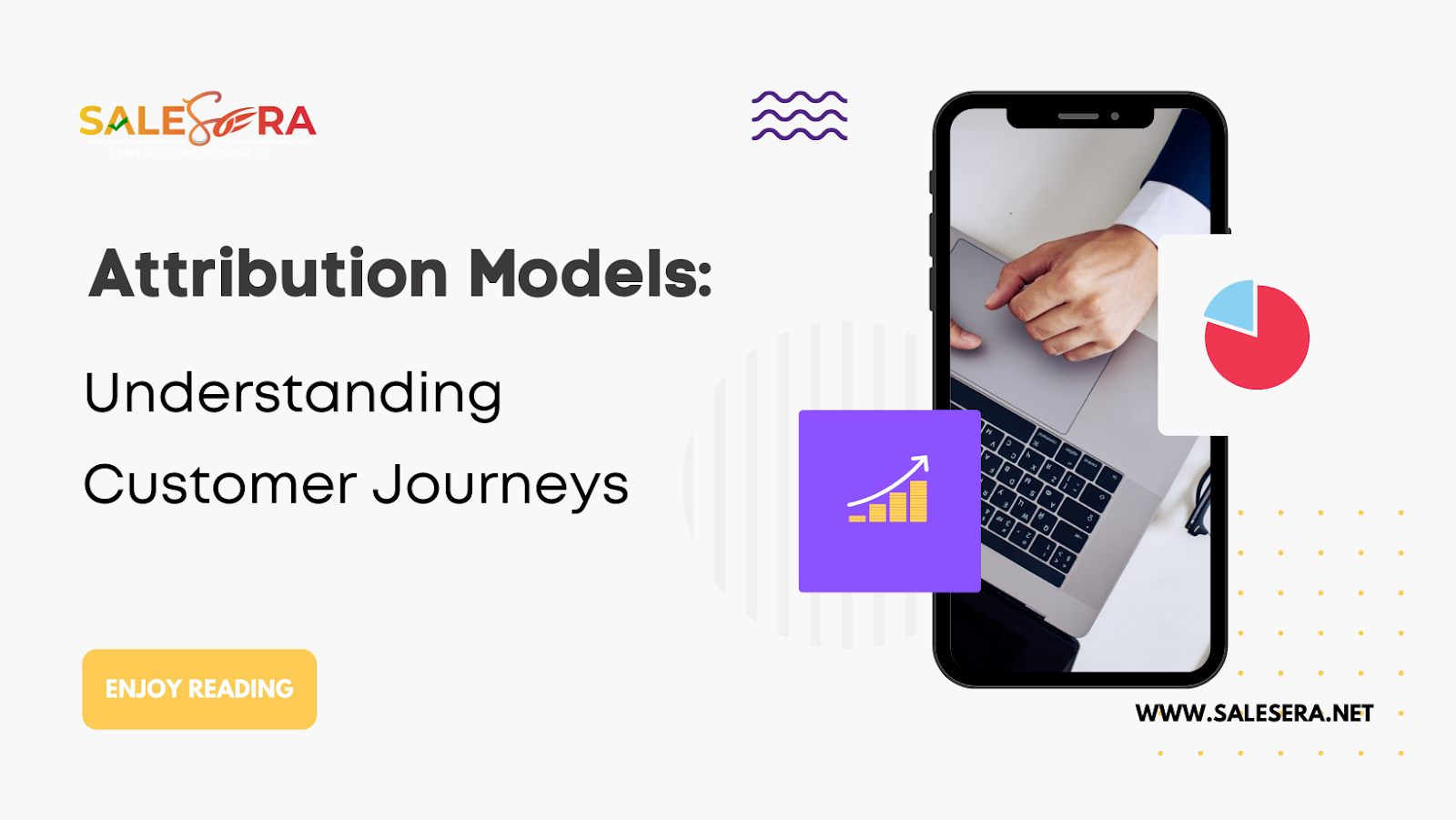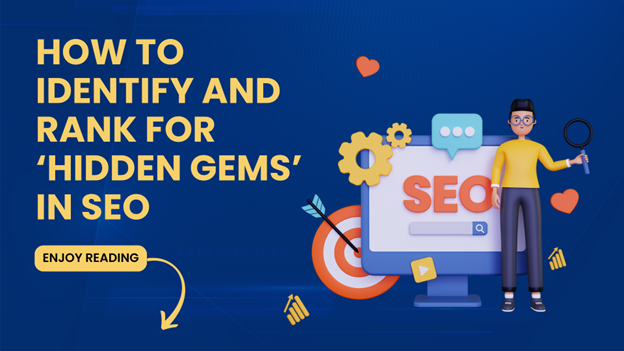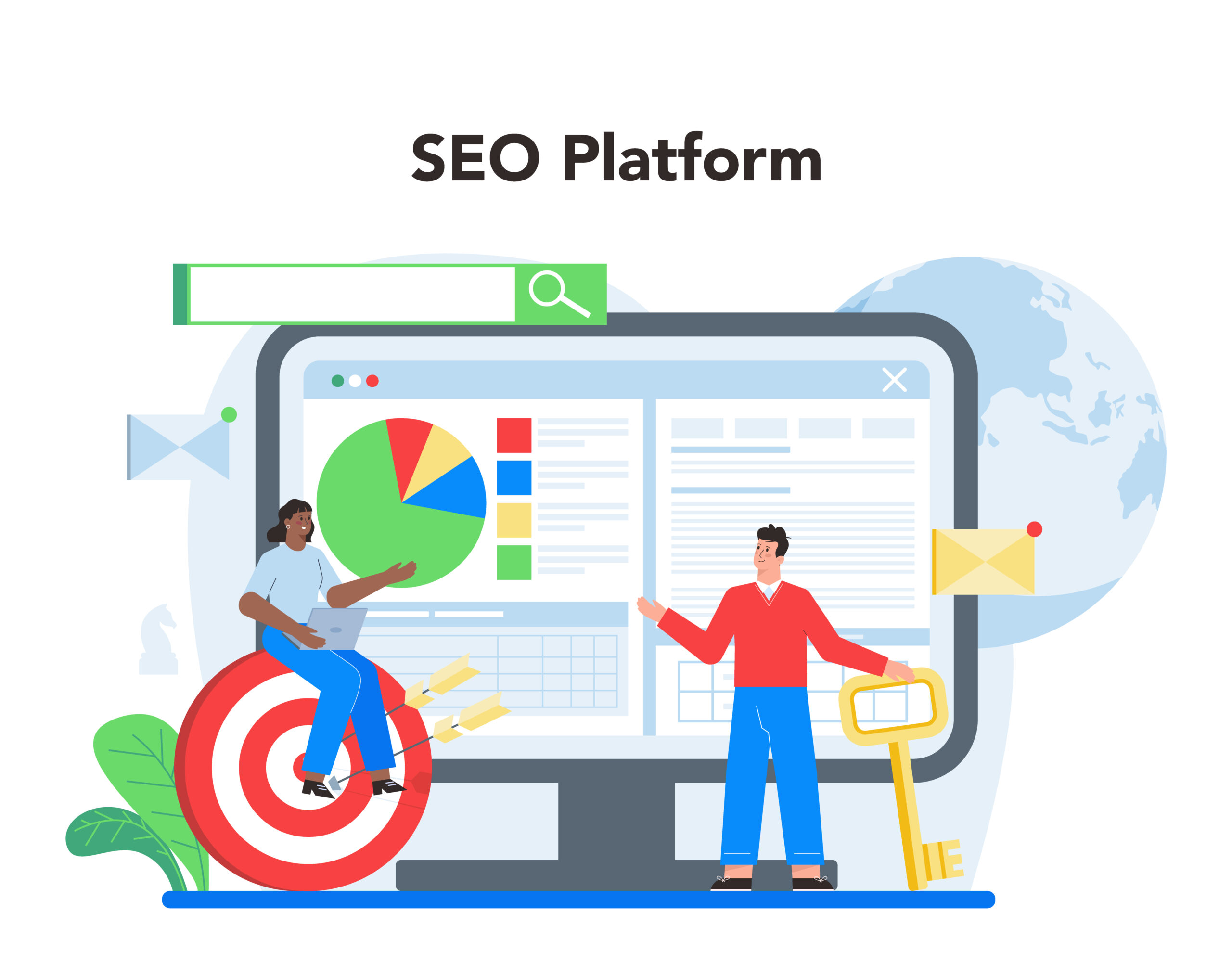Article & News
Category: SEO
In today’s competitive business landscape, investing in employee training and development has become a top priority for organizations looking to stay ahead. However, with limited
Have you ever had a full cart of goodies on an online store, only to close the tab and walk away at the last minute?
In today’s fast-paced digital landscape, marketing automation has become an essential tool for businesses looking to streamline their marketing efforts, save time, and enhance customer
The world of marketing is constantly evolving, driven by technological advancements and changing consumer preferences. Augmented Reality (AR) and Virtual Reality (VR) are two immersive
In today’s digital age, advertising has become an integral part of our online experience. From social media platforms to search engines, digital advertisements surround us,
In the fast-paced world of digital marketing, staying ahead of the curve is essential for business success. Marketing automation has emerged as a powerful tool






